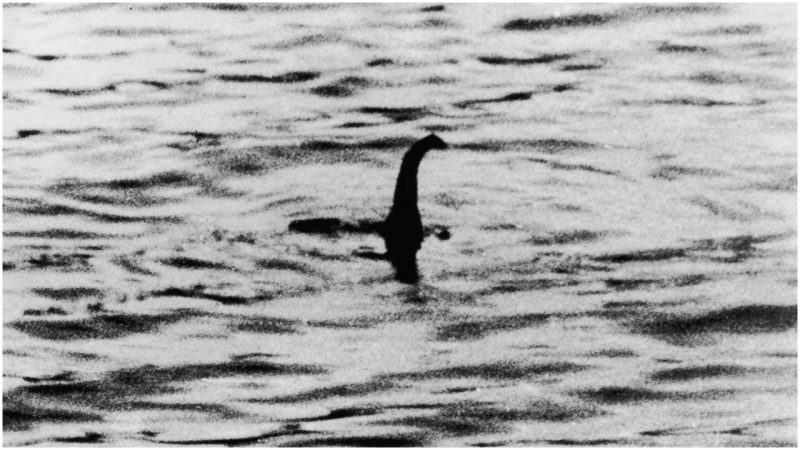In 1934, a photograph depicting a strange creature floating on the surface of the second deepest lake in Scotland, Loch Ness, appeared. It immediately attracted thousands of believers as well as skeptics, for this mythical being has been part of Scottish folklore for centuries. Here, finally, a photograph proving its existence had been taken.
The only problem was that the photo was staged–yet another hoax, proving only that the monster which allegedly dwells at the bottom of Loch Ness is nothing more than a folk tale, intended to scare children from swimming in the deep waters and attracting curious tourists.
Sightings of the beast, who is fondly nicknamed Nessie by the locals, have been reported since the late 19th century, with the original story dating back to the year 565. It made its first written appearance in the Life of St. Columba authored by Adomnán.
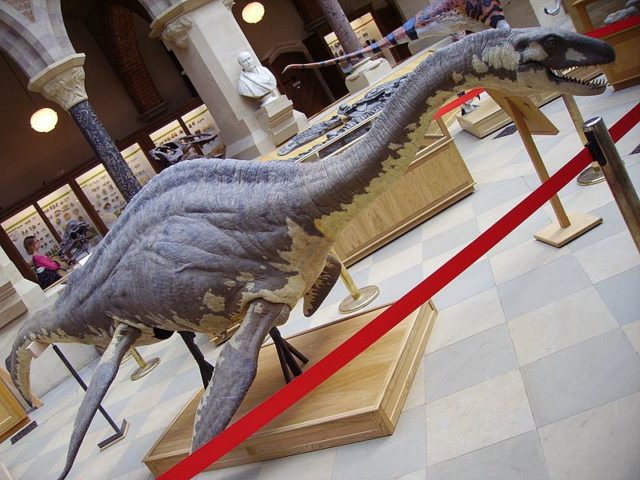
Adomnán was an abbott of Iona Abbey and hagiographer of St. Columba. The story he tells of the beast, in which it chooses to not attack a man who is swimming in the lake when St. Columba shows it the sign of the cross, serves as a paradigm of Christian faith.
But whenever there were claims of Nessie’s existence, there were always theories ready to debunk the mystery. Explanations are many―from giant catfish and another known, albeit overgrown, species, to trees floating on the surface of the lake. There is also the story of circus elephants who were allowed to take a dip in the loch during a rest on their travels across Scotland in the early 20th century.
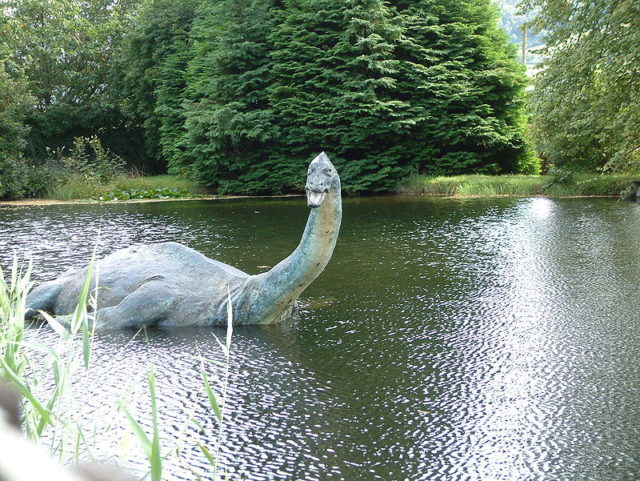
Add to this list the theory that the monster of Loch Ness is actually a plesiosaur that has somehow survived since the Triassic age of dinosaurs, and you can observe the diversity of ideas that revolve around the lake and its alleged inhabitant.
Still, none of them have been able to dispel the notion that there just might be a prehistoric creature lurking in the depths of Loch Ness, avoiding human contact and living peacefully at the bottom of a 775-foot-deep loch.
Hundreds of enthusiasts have spent years trying to catch a glimpse of the mythical creature, without any luck. Some have offered blurry photographs, others sonar readings, while others even staged film recordings, but all have been dismissed, either as a hoax or some just some object floating on the water’s surface.
But according to Neil Gemmell, a researcher of evolutionary genetics at the University of Otago in New Zealand, all that is about to change. He believes that new methods should be applied in order to settle the debate once and for all: Is there, or is there not an unknown giant living at the bottom of Loch Ness?
Gemmell’s expedition will include a crew of scientists and a method usually applied to tracing the human genome back to its original ancestry.
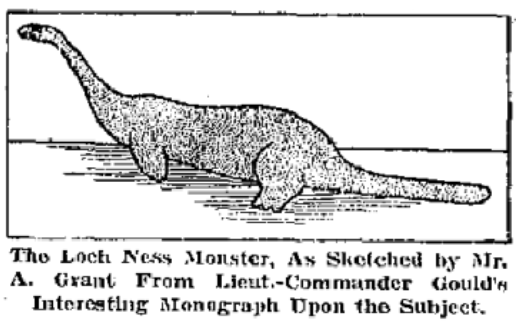
By applying a method of DNA analysis that has been used to determine the migrations of people throughout the ages, Gemmell plans to analyze DNA traces in the lake, using more than 300 samples taken from various spots and various depths.
His theory relies on the fact that every living thing leaves a sort of a DNA footprint―whether it is a piece of feather, skin, scale, or traces of urine. The scientists plan to filter the organic material, from which DNA can be extracted, then sequencing it using the technology originally developed for the human genome project.
Although many are hoping that the research will finally lead to proof of Nessie’s existence, Gemmell personally hopes to prove that the stories of sightings were nothing but fiction. On the other hand, he admitted for Time magazine, that his children, ages 7 and 10, think that the search for Nessie is the coolest thing he’s ever done. You can’t argue with that.
The Legend Of The Loch Ness Monster
In the interview, Gemmell revealed his true motives for embarking on this quest:
“I’m going into this thinking it’s unlikely there is a monster, but I want to test that hypothesis. What we’ll get is a really nice survey of the biodiversity of the Loch Ness.”
Neil’s fascination with the story of the Loch Ness monster began more than 20 years ago when he first visited the lake. In the last couple of years he has been preparing the water, so to speak, for further discoveries, by personally taking samples.
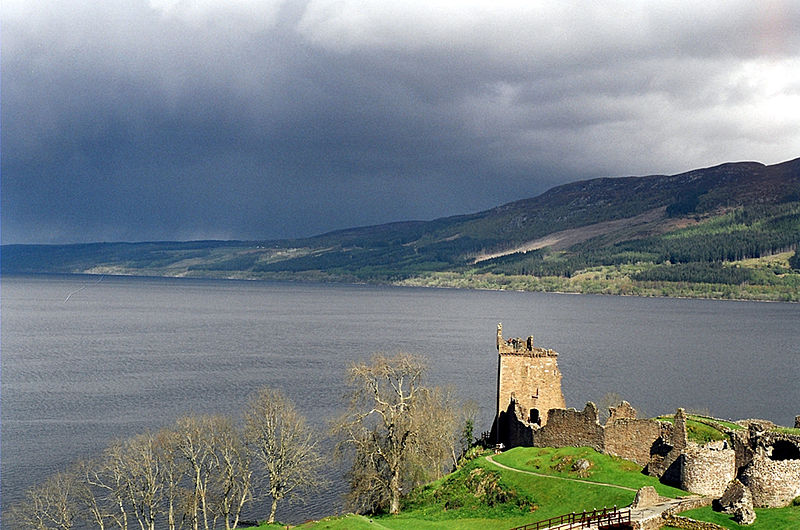
Once again, his kids are delighted, but so is the New Zealand scientific community, as well as others who are involved with the journey.
Graeme Matheson, chief of New Zealand’s Scottish Society, also made a statement for Time, jokingly revealing what might be the true reason behind the expedition: “I hope he and his cohorts find something, although I think they’ll be battling. Still, it’s a good way to get a trip to Scotland.”
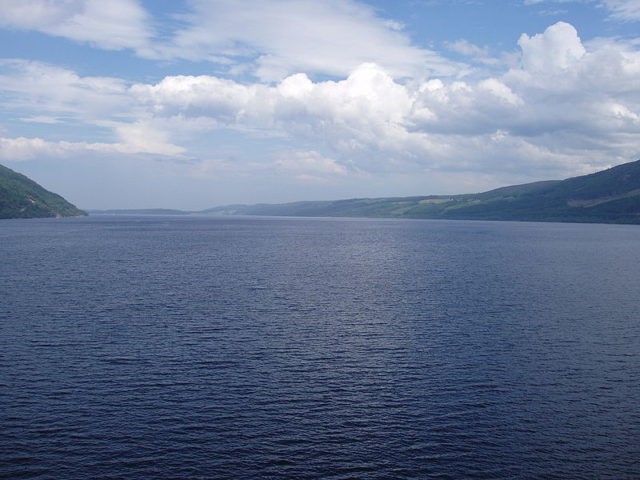
In his exploration of loch’s biodiversity, Gemmel has higher hopes of concluding the prevalence of invasive species, than that of finding the infamous monster.
Still, he claims that even if they provide absolute proof that Nessie is just a folk tale, believers will probably just dismiss his discovery. He already received theories which attempt to deter his mission, with some enthusiasts firmly claiming that the monster hides in a system of underground caves, takes a vacation once a year when she goes to the open sea, or that Nessie is an extraterrestrial who doesn’t leave any DNA behind.
It only proves how myths survive and how much they are an integral part of our lives. As Gemmell himself said:
“In our lives, we want there still to be mysteries, some of which we will ultimately solve. That’s part of the spirit of discovery. And sometimes, what you find may not be what you were expecting.”
Nikola Budanovic is a freelance journalist who has worked for various media outlets such as Vice, War History Online, The Vintage News, and Taste of Cinema. He mostly deals with subjects such as military history and history in general, literature and film.
